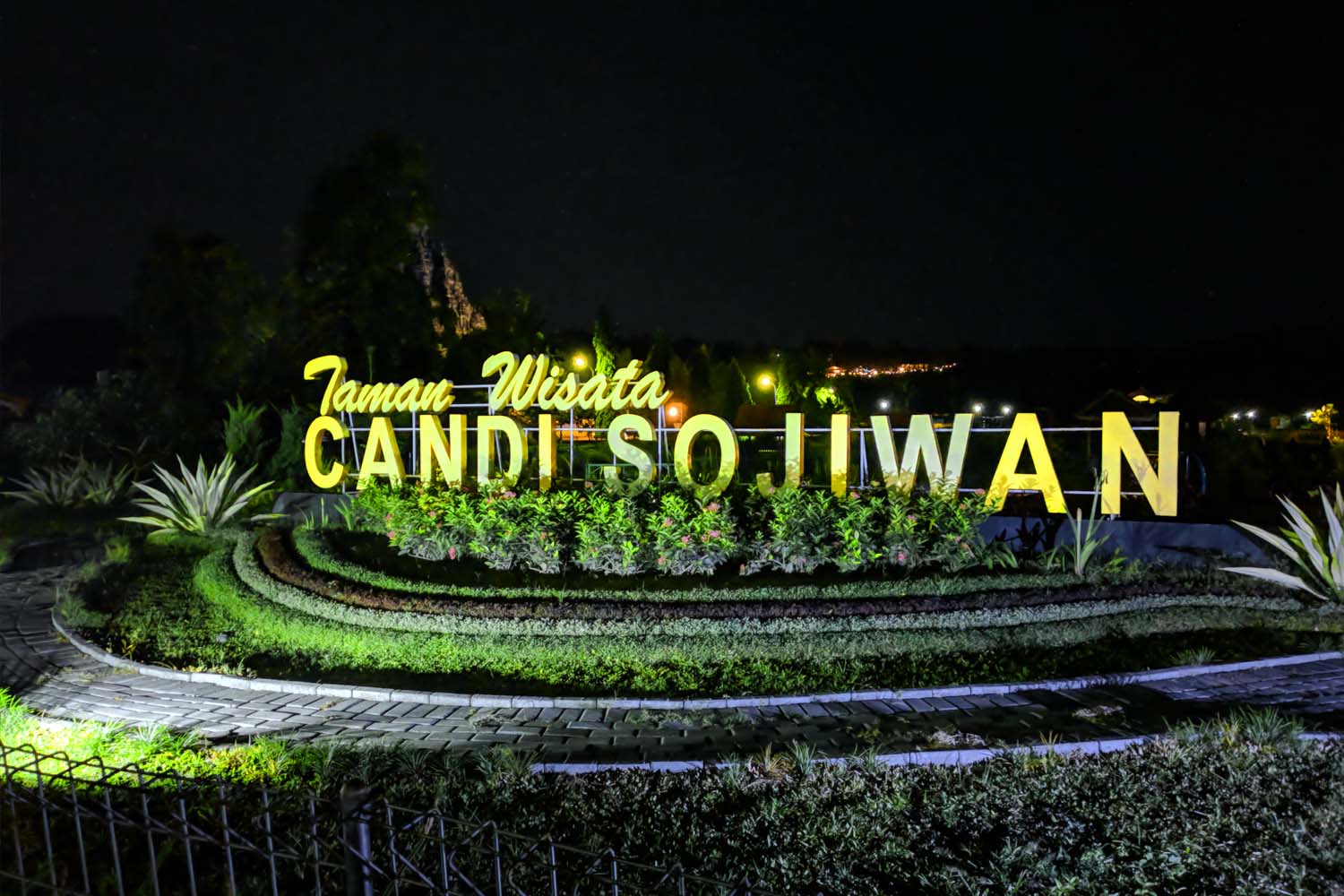Sojiwan Temple Tourism: Perhaps not many people have heard of it, especially when asked where it is located. Indeed, Sojiwan Temple is not as well-known as Prambanan Temple, let alone Borobudur Temple. It's actually not far from Prambanan Temple, taking perhaps half an hour on foot. Recently restored in 2011, this temple is relatively new compared to the other temples. What's most striking about this temple is its similar shape to Prambanan: tall with a pyramid-like structure on top, but the upper part of the temple consists of stupas similar to those at Borobudur. It could be said that this temple is like a "marriage" between Prambanan and Borobudur. This temple is situated within a fairly extensive complex with beautiful, well-maintained gardens. It turns out that this complex was only inaugurated after being restored in December 2011 by the Minister of Education and Culture, Mohammad Nuh. Initially, this temple was only a half-finished structure that looked like a ...
The Enchantment of Sojiwan Temple in Prambanan Klaten, the Relief is Rich in Stories and Moral Messages
Sojiwan Temple is located in Kebon Dalem Kidul Village, Prambanan District, Prambanan Regency. This temple is one of the Buddhist temples included in the Prambanan area. Based on some research, Sojiwan Temple was built at the same time as the nearby temples, namely in the IX-X centuries AD. The Central Java Cultural Heritage Preservation Center has finished restoring and organizing the environment to make the temple so beautiful.
Sojiwan Temple is unique. This uniqueness comes from several relief panels that tell animal stories. If understood more deeply, these stories convey moral messages that are timeless. These moral messages are also very useful for daily life. After the research, there were some interesting findings. One of them is the traveling ditch. Some of these ditches are located in residential areas. Inside the perimeter ditch, statues, temple foundations, fence structures, temple stones (loose), structures and temple stones were found around the residential area located to the south of the main temple.
Outside the perimeter trench, there are some loose findings in the form of temple stones scattered in Sojiwan and Kalongan hamlets, especially to the east and south of the Sojiwan temple complex. The temple stones are scattered around residential areas and some are used as fences for people's yards. Artifacts from Sojiwan Temple that are stored elsewhere are in the form of short inscriptions stored in the National Museum of Jakarta and Dwarapala statues that are now in Klaten Square.
Sojiwan Temple is located in the Siwa Plateu area where there are many temples with both Hindu and Buddhist religious backgrounds. This shows that since long ago our ancestors have lived in harmony and were very tolerant. These values of tolerance are very much needed by Indonesian society today considering that we have different beliefs.
The shape and size of the temples in the Prambanan area are diverse, so this area has the potential as a national archaeological park. Apart from being a national archaeological park, the shape and size of the temples in the Prambanan area also have the potential to become a national-scale temple architecture museum.
Sojiwan Temple is the fifth largest Buddhist temple in Central Java Province whose main temple has been restored. A visit to Prambanan Temple is incomplete without visiting Sojiwan Temple. In addition to the magnificent temple, visitors can also enjoy the quiet rural atmosphere.
Sojiwan Temple Relief Sojiwan Temple is about 27 meters high with a base plan measuring 20 x 20 meters, making it the fifth largest Buddhist temple in Central Java. The Buddhist pattern is evident in the shape of the roof, which has rows of stupas. The roof of Sojiwan Temple is three-tiered, with each tier containing stupas and the top crowned by a large stupa. The walls of this temple were once thought to be decorated with tendrils, but nowadays many of the original stones have disappeared so that the replacement stones are just plain.
One of the most interesting decorations of Sojiwan Temple is on its foot, which is engraved with reliefs of Jataka and Awadana animal fables. The story is a Buddhist religious story that contains moral messages to be emulated. The relief of Jataka and Awadana story in Sojiwan Temple consists of 12 scenes, including:
- Relief of a Warrior and a Merchant, which has the meaning of loyalty to establish friendly relations in terms of helping.
- Relief of Two Geese Flying a Tortoise, meaning that we should heed the existing rules so that nothing bad happens.
- The relief of a race between Garuda and Tortoise, speaks of how ingenuity can defeat strength.
- The Relief of Crocodile and Monkey means that danger can be avoided with ingenuity.
- The Relief of Bull and Lion Fight means that one should not easily believe slander because it will have bad consequences.
- The relief of an Elephant and a Piece of Wood means that unity is very important to defeat a force.
- The Relief of a Woman and a Wolf, means to always be grateful and not to be easily deceived by praise.
- The Relief of a Hunter and a Wolf, means that one should be vigilant with every action and should not be overly ambitious because it will make one miserable.
- The Relief of Ketam Replying to Budi, means that good deeds done will result in salvation and we should always help each other in life.



Comments